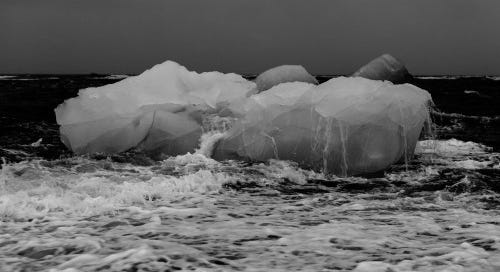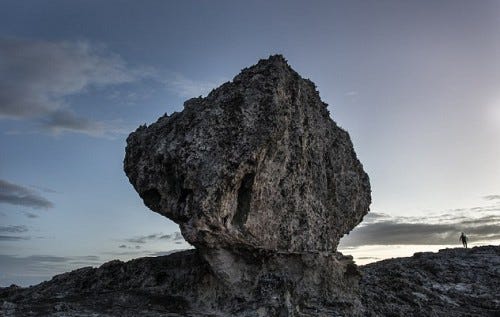Already Too Late: The Consequences of Climate Change
One constant in the environmental movement- and one point on which it is often critiqued- is the constant goalpost moving by scientists when talking about the consequences of climate change. When you’ve been hearing since the 1970s that catastrophe is only a few decades out, it’s hard to take the warnings seriously. But a new study says that the past fifty years of inaction have led the planet to the point of no return. It’s already too late.
[T]he European Journal Atmospheric Chemistry and Physics released a paper on March 22 authored by, among others, former NASA scientist James Hansen. A New York Times article summed the argument up succinctly:
The basic claim of the paper is that by burning fossil fuels at a prodigious pace and pouring heat-trapping gases into the atmosphere, humanity is about to provoke an abrupt climate shift.
Specifically, the authors believe that fresh water pouring into the oceans from melting land ice will set off a feedback loop that will cause parts of the great ice sheets in Greenland and Antarctica to disintegrate rapidly.
Subsurface warming may be speeding the process up, warn Hansen et al, with the possibility of accelerated ice sheet loss in Greenland in the future. Subsurface warming can occur even when the ambient temperature of the planet is cool, as Hansen explains:
Rasmussen et al. (2003) examined ocean cores from the southeast Labrador Sea and found that for all 11 Heinrich events “the icy surface water was overlying a relatively warm, poorly ventilated and nutrient rich intermediate water mass to a water depth of at least 1251 m”. Collapse of a Greenland ice shelf fronting the Jakoshavn ice stream during the Younger Dryas cold event has been documented (Rinterknecht et al., 2014), apparently due to subsurface warming beneath the ice shelf leading to rapid discharge of icebergs.
[T]he Younger Dryas cold event was a period of global cooling approximately 12,000 years ago. Simply put, it was when the ice sheets covered Europe to the extent that one could walk from the continent to the British Isles.
While this cooling event was in full swing, the subsurface temperatures reached high enough levels to carve off chunks of the Greenland ice sheet. That ice sheet is the focus of a new NASA study, Oceans Melting Greenland, which launched last week. From the study’s blog:
Oceans Melting Greenland (OMG) will pave the way for improved estimates of sea level rise by investigating the extent to which the oceans are melting Greenland’s ice. OMG will observe changing water temperatures and glaciers that reach the ocean around all of Greenland from 2015 to 2020.
[T]he paper claims that prior agreements to contain warming and climate change are insufficient and will lead to devastating climatic collapse. Even a rise of 3.6 Celsius, the cap agreed on in the 2015 Paris agreement, will lead to devastating effects worldwide, the paper warns.
The warming climate will lead to an increase of freshwater from the polar regions. This in turn will lead to feedback loops in the polar oceans as the regions take on less freshwater ice than they lose. That net loss of ice will warm the ocean- and lead to an increase in superstorms.
The storm systems birthed by this climatic disruption will be on par with storms from the Eemian period. The Eemian period spanned from 130,000 years ago until 115,000 years ago. It was a shorter warming than the Holocene (our current era) but temperature spikes were far greater as shown below:
[T]hat intense spike of climate warming is what Hansen et al are comparing our future to. The ice melt and subsequent freshwater intake for the oceans will begin a cyclical maelstrom of extreme weather disruption. The storm systems envisioned in the paper are sobering.
The late Eemian period storms were intense and powerful. They reshaped much of the landscape in a similar manner as the glacial movements of the most recent Ice Age.
Hansen included images of massive stones on the island of Eleuthra in the Bahamas to prove this point. Such natural wonders are usually the result of glacial motion. These stones were placed there by the super storms of the late Eemian era. They were dropped in place by massive waves generated by intense storm winds.
If that’s an example of the consequences of climate change we have to look forward to, then anything less than a drastic and immediate reduction will likely lead to a similar- or worse- new atmospheric conditions.








